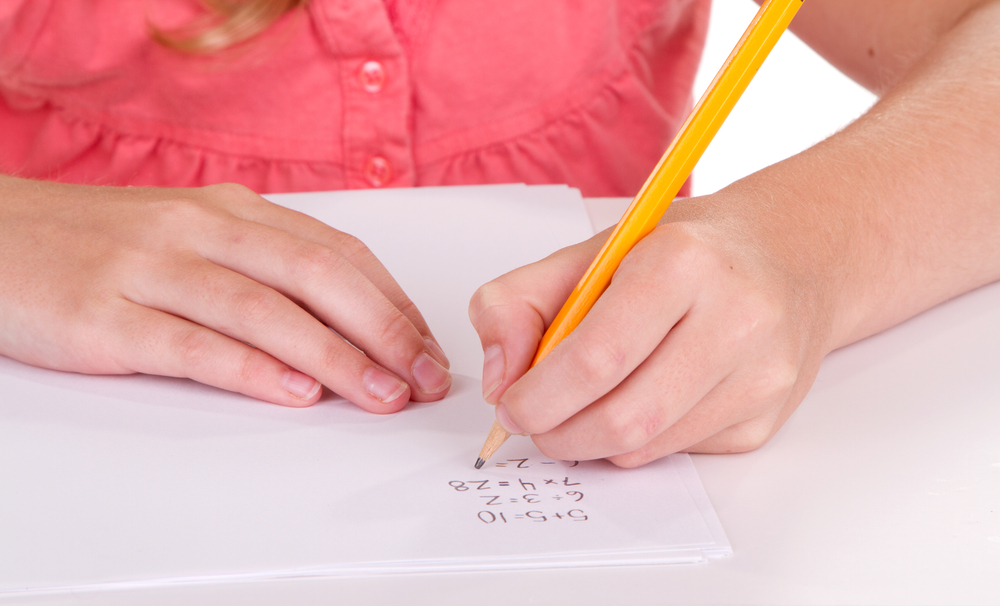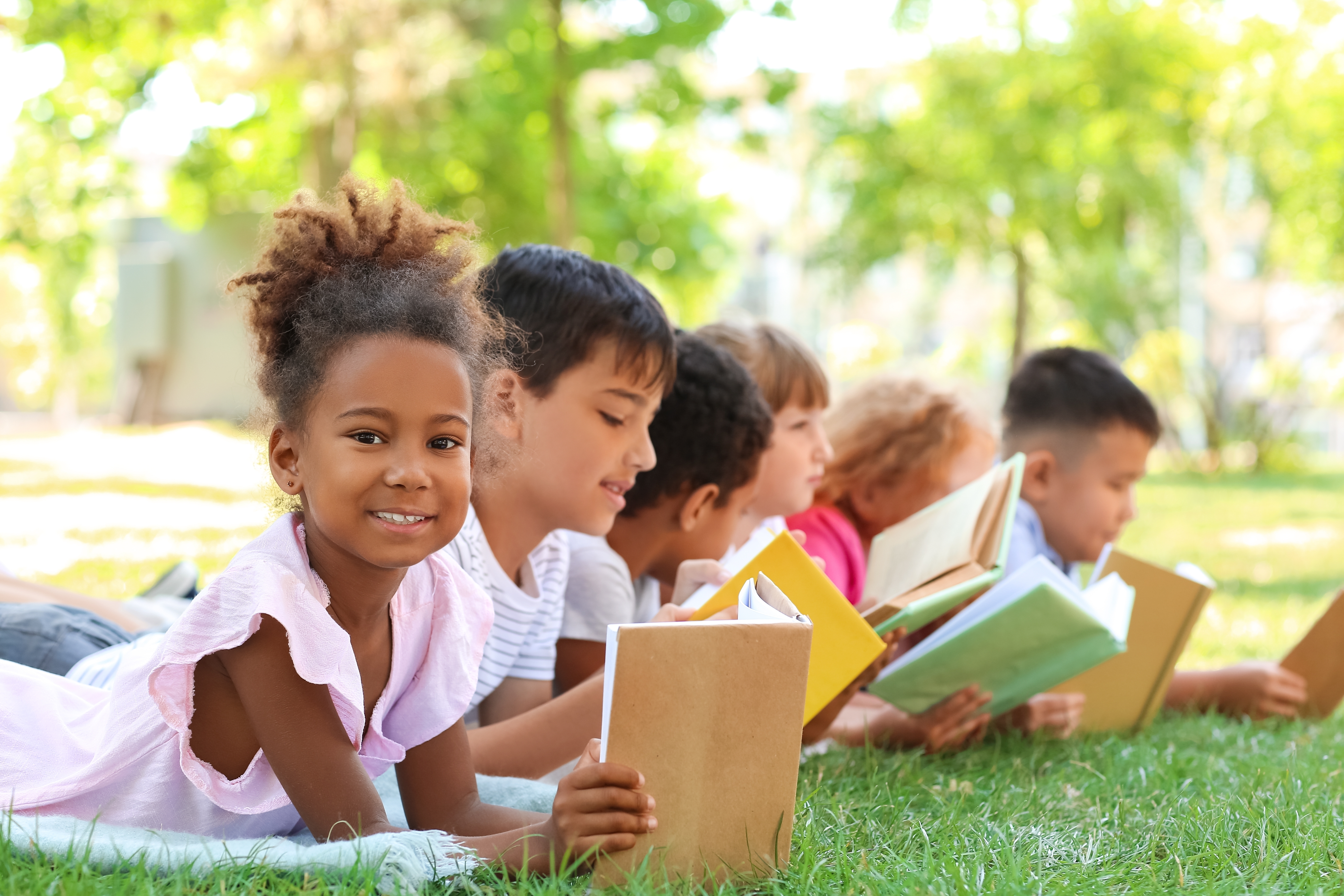Normal Reading Worksheets Activities With Answers for Ages 3-9
14 filtered results
-
From - To
Explore our engaging collection of Normal Reading Worksheets designed for children aged 3-9! These interactive activities foster early literacy skills while making learning enjoyable. Tailored to different age groups and reading levels, each worksheet provides a fun and educational experience, covering essential components such as phonics, vocabulary, and comprehension. Our answer keys make it easy for parents and educators to assess progress and provide encouragement. Whether used at home or in the classroom, these worksheets are perfect for helping young learners develop a solid foundation in reading. Visit us today and ignite a love for reading in your little ones!
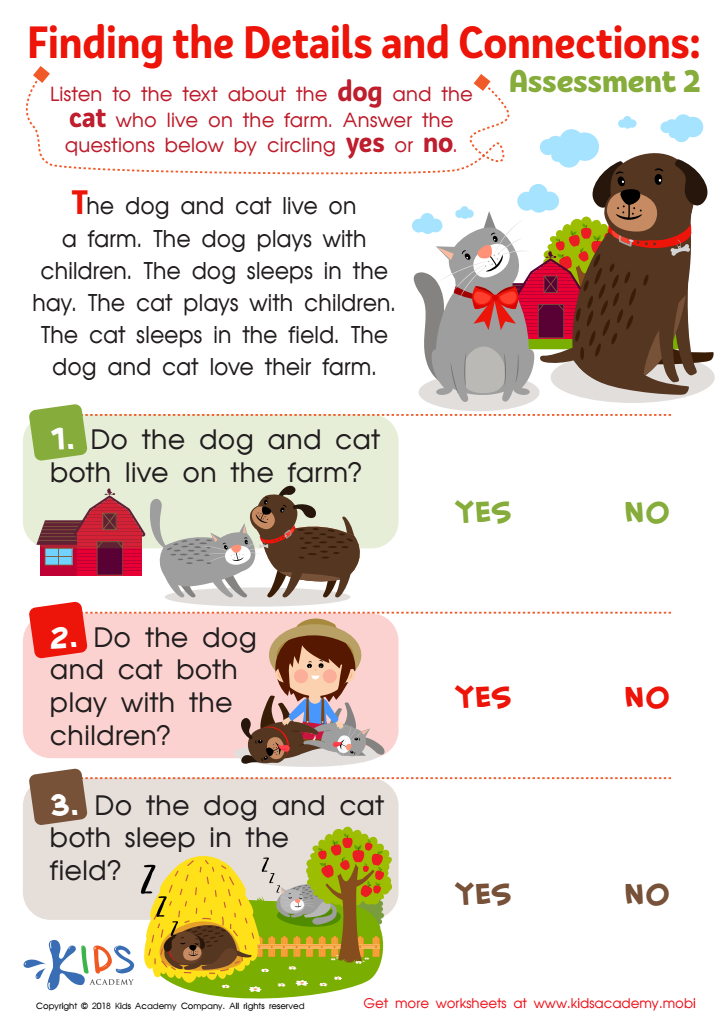

Finding the Details and Connections: Assessment 2 Worksheet
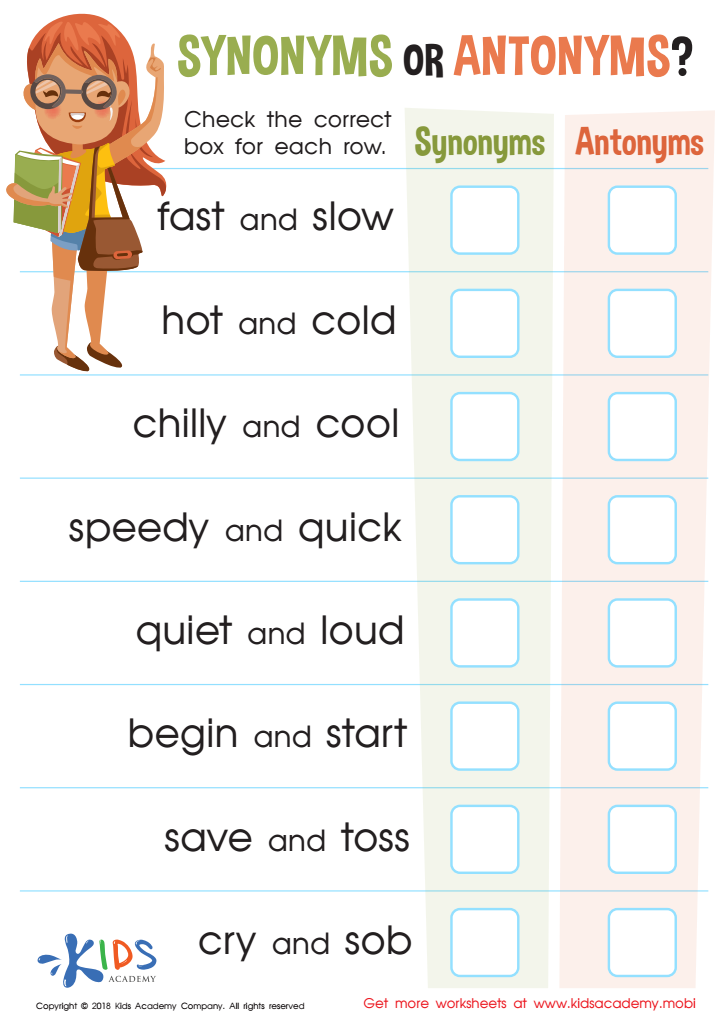

Synonyms or Antonyms: Assessment Worksheet
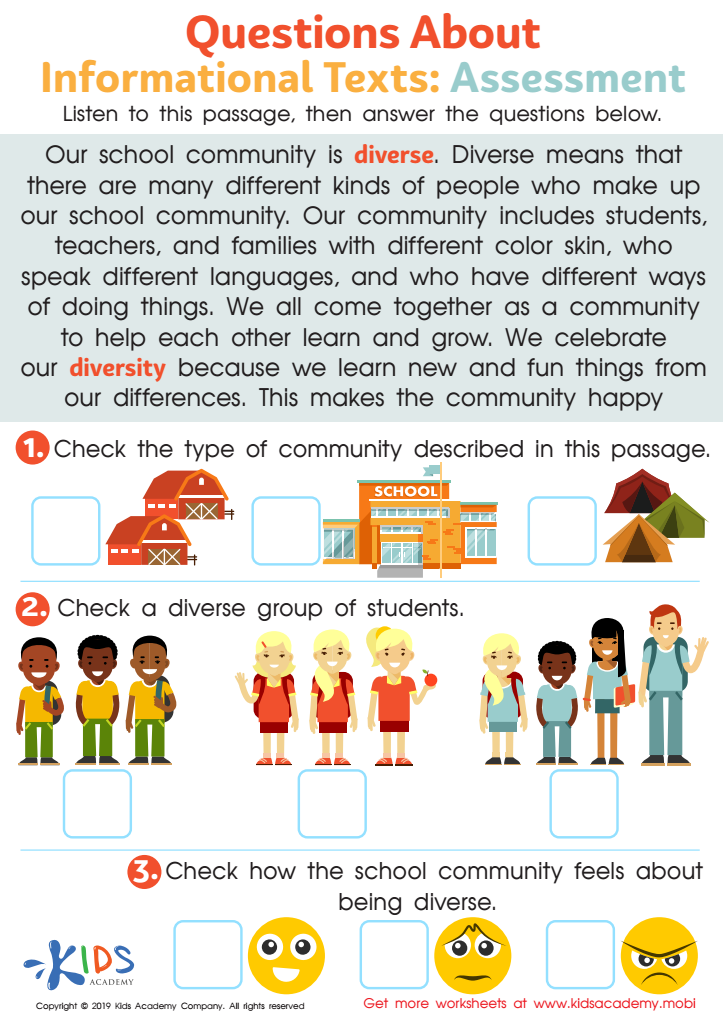

Questions About Informational Texts: Assessment 1 Worksheet
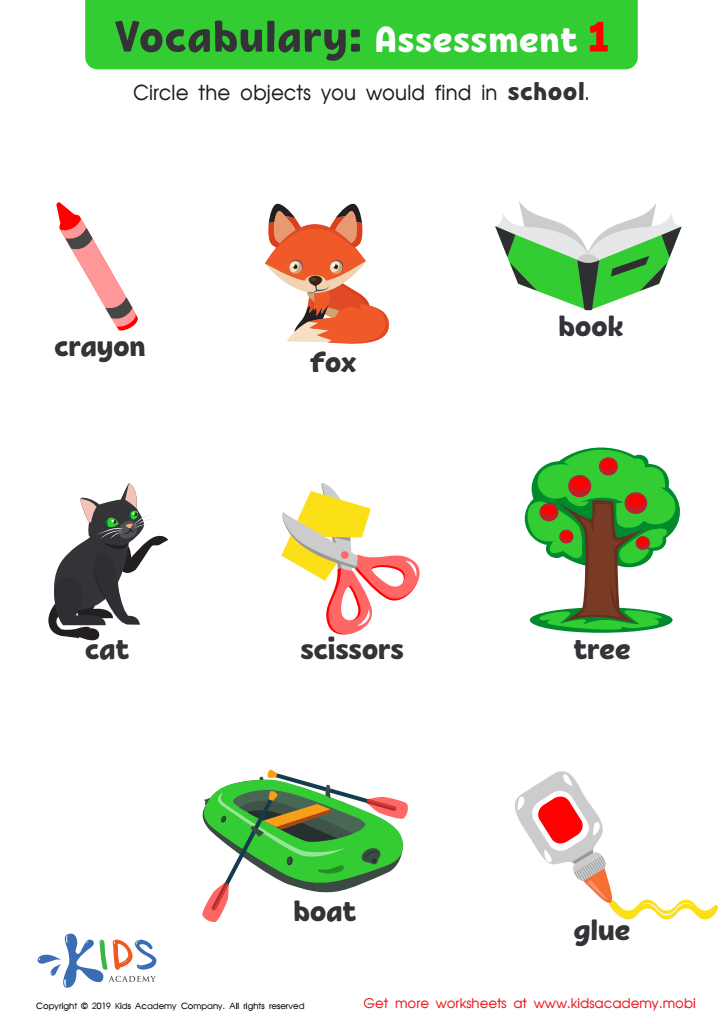

Vocabulary: Assessment 1 Worksheet
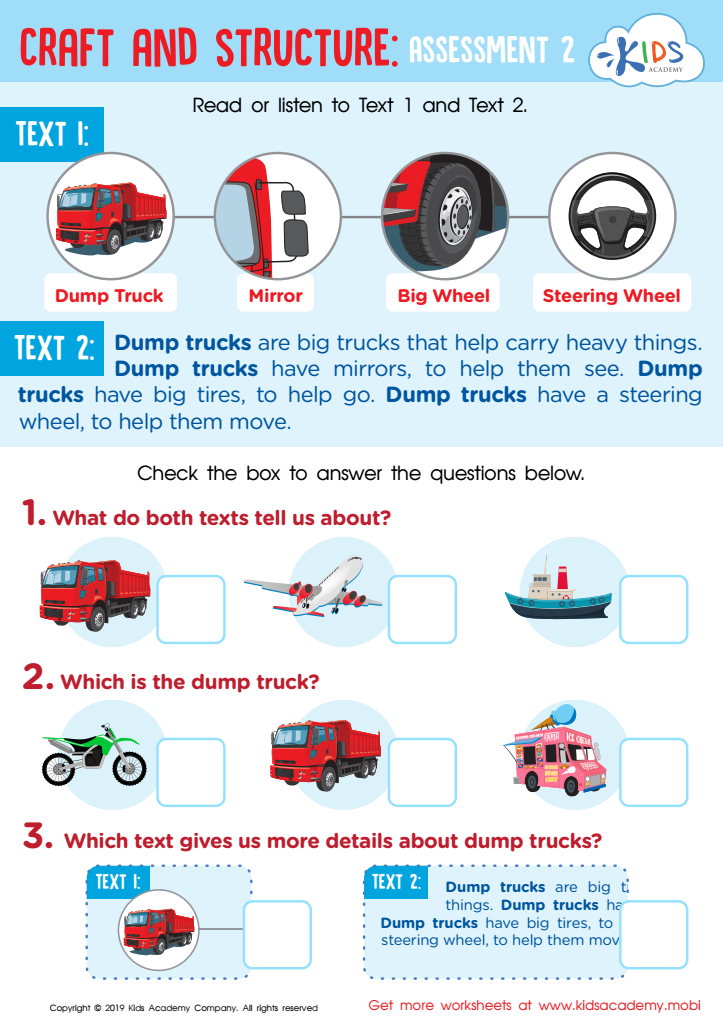

Craft and Structure: Assessment 2 Worksheet
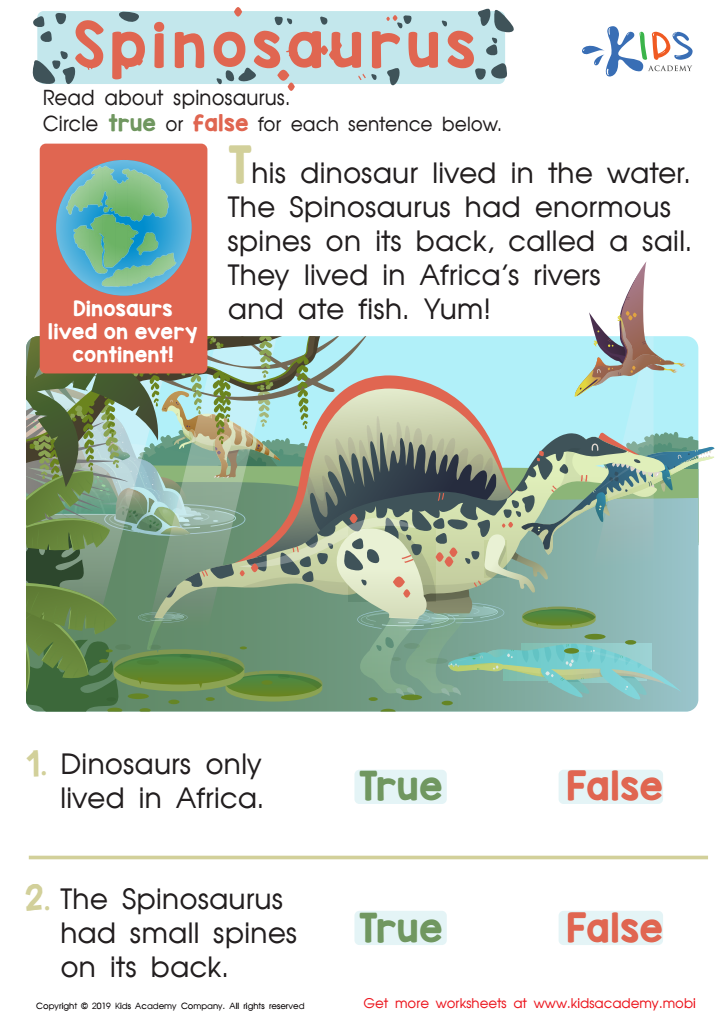

Spinosaurus Assessment Worksheet
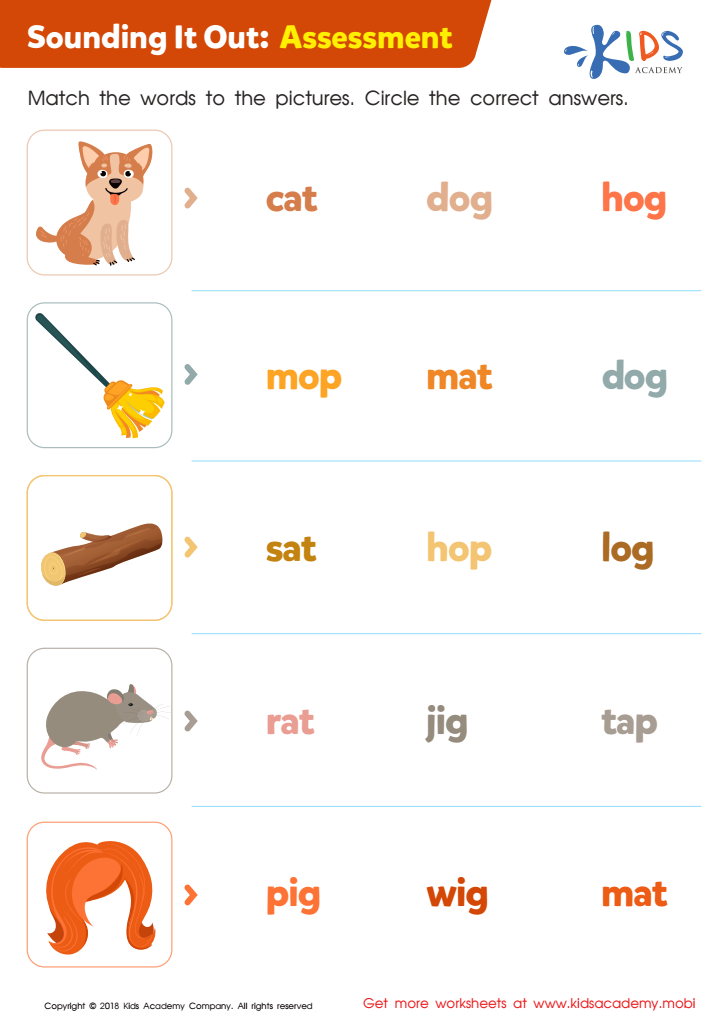

Sounding it Out: Assessment Worksheet
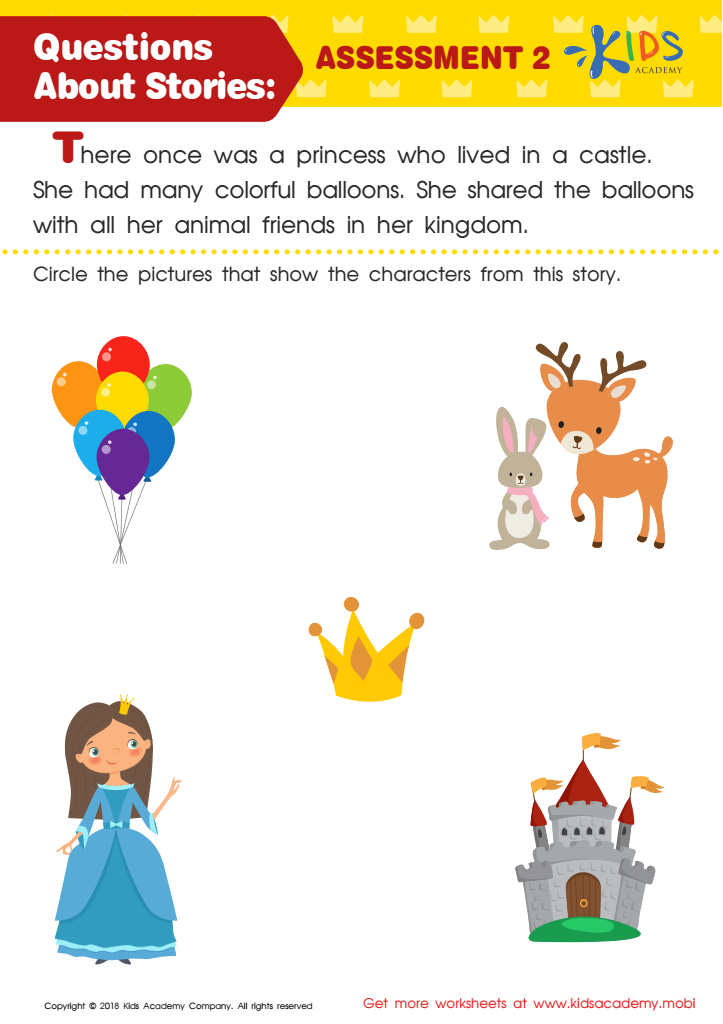

Questions About Stories: Assessment 2 Worksheet
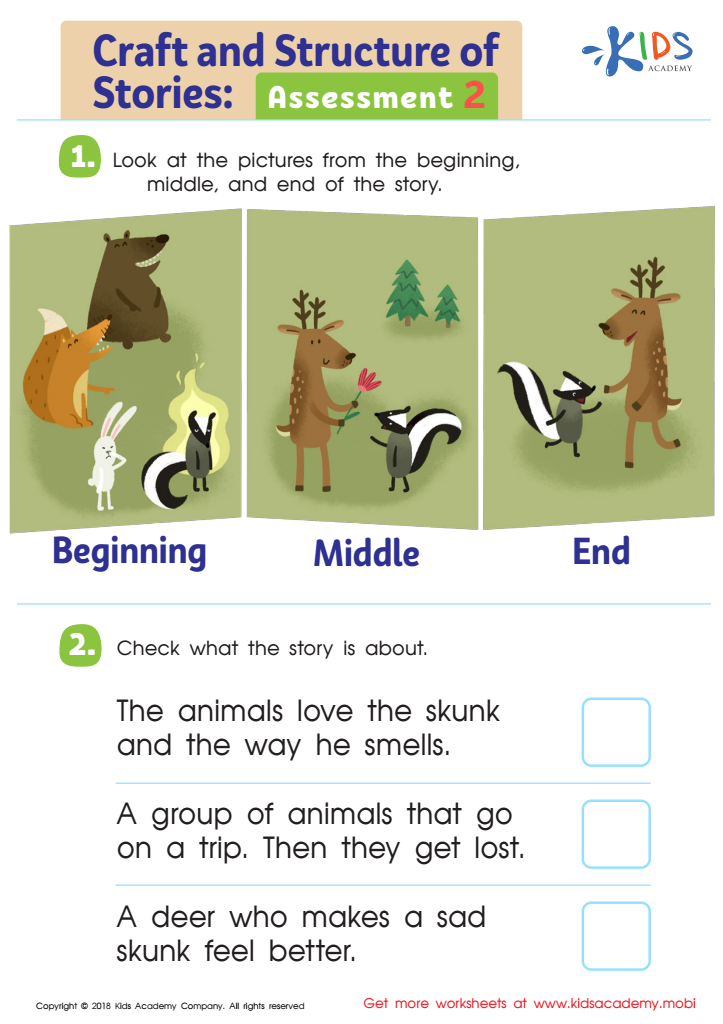

Craft and Structure of Stories: Assessment 2 Worksheet
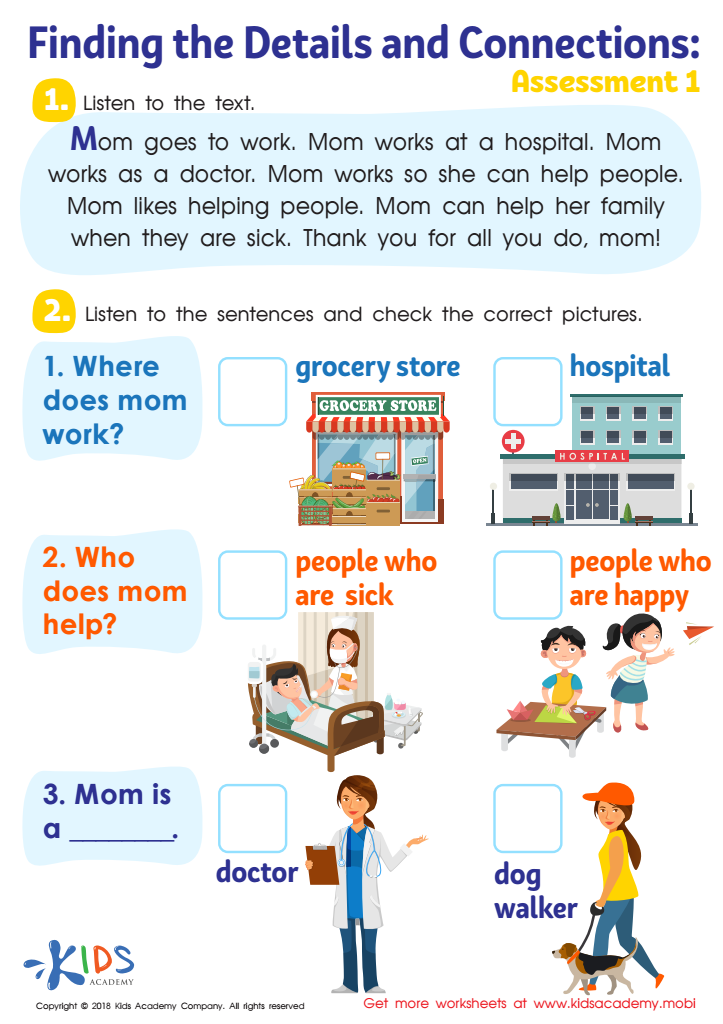

Finding the Details and Connections: Assessment 1 Worksheet
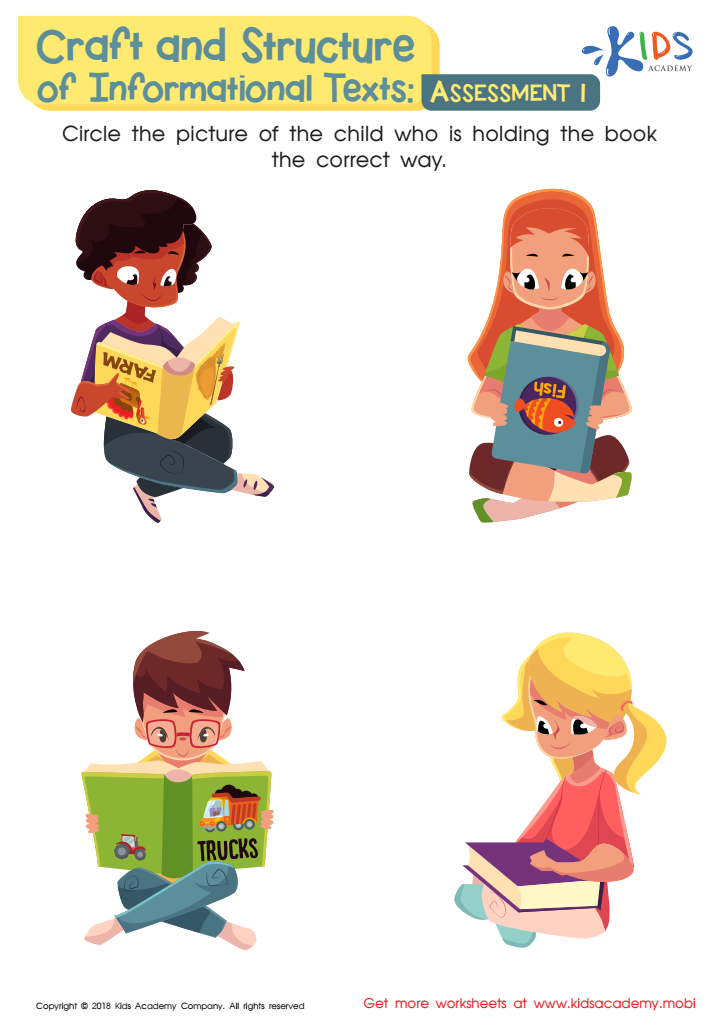

Craft and Structure of Informational Texts: Assessment 1 Worksheet
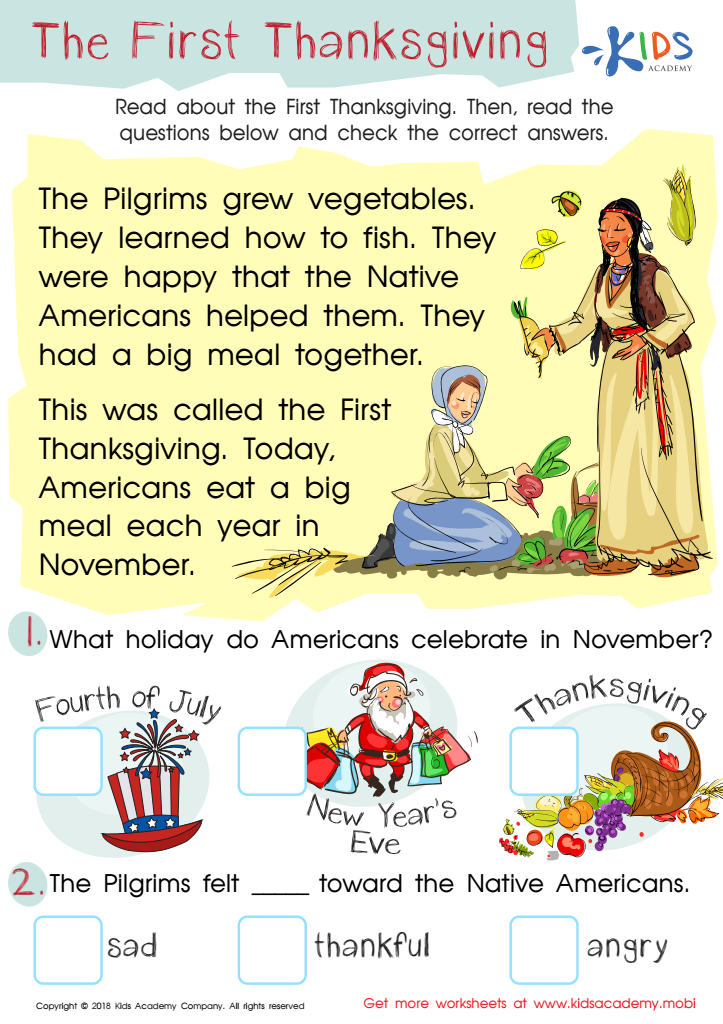

Assessment: First Thanksgiving Worksheet
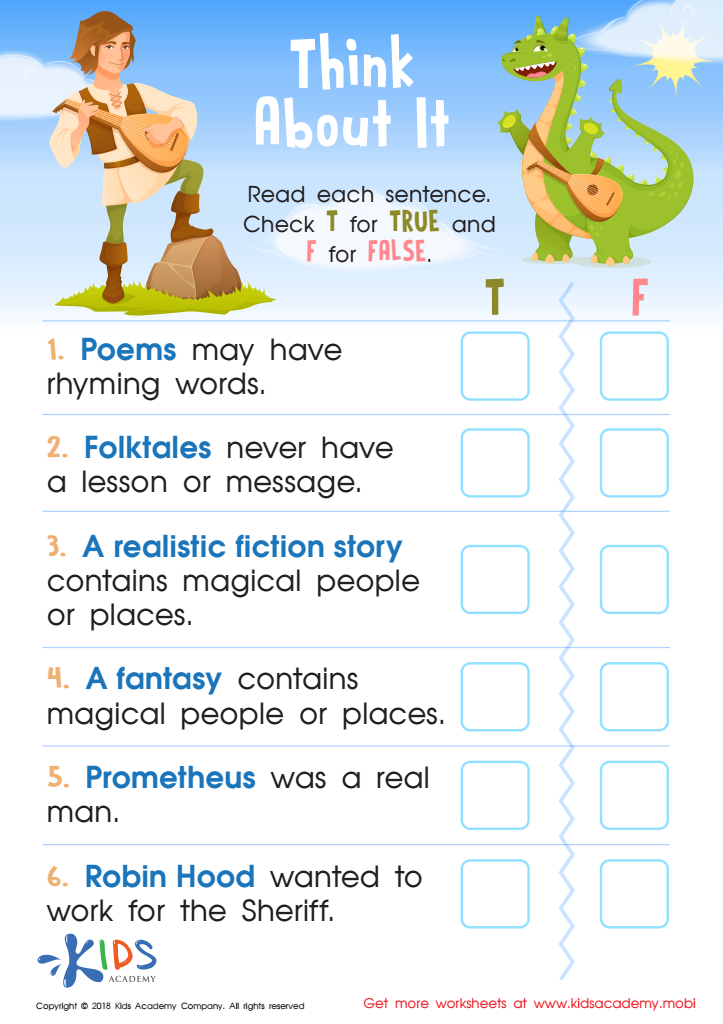

Think About It: Assessment Worksheet
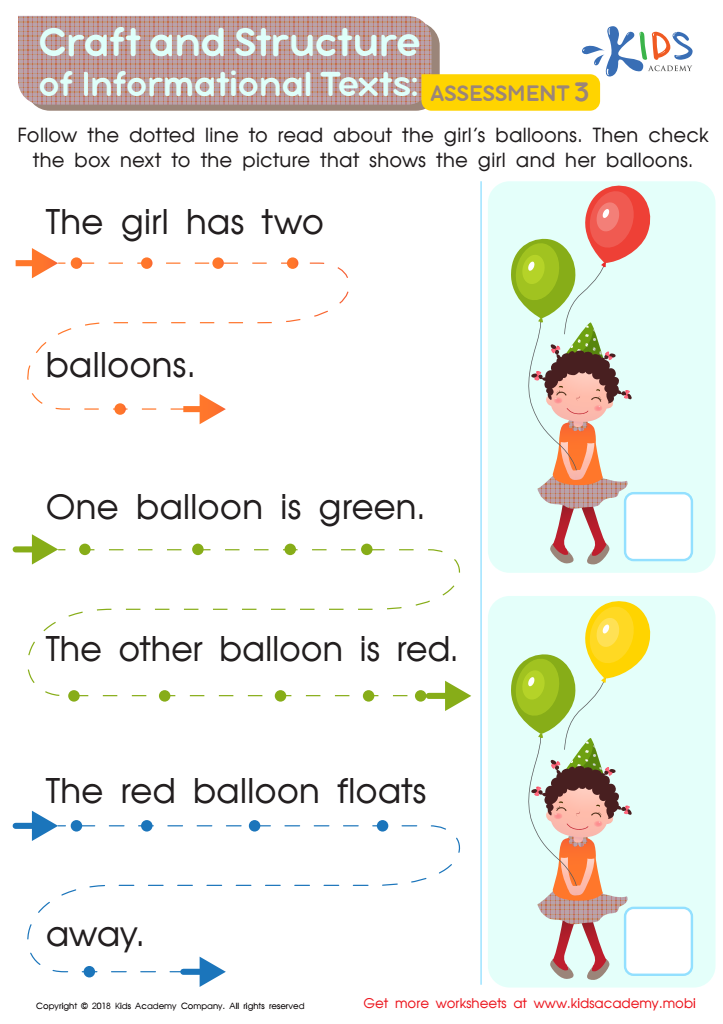

Craft and Structure of Informational Texts: Assessment 3 Worksheet
Parents and teachers should care about normal reading activities for ages 3-9 because these formative years are crucial for a child's literacy development. Engaging children in structured reading activities fosters critical early skills such as phonemic awareness, vocabulary acquisition, and comprehension. These activities can be interactive and enjoyable, making reading a fun part of daily life rather than a chore.
Reading together enhances bonding and creates a safe space for children to explore new concepts and ideas. By incorporating questions and answers into reading activities, caregivers can encourage children to think critically about stories, boosting their ability to analyze and make connections.
Moreover, normal reading activities can help identify early learning difficulties, allowing parents and teachers to intervene and provide support before issues escalate. Regular reading also fosters a lifelong love for books, contributing to educational success later in life.
In a digital age, maintaining consistent and engaging reading practices helps children develop concentration and focus on tasks. Ultimately, by emphasizing reading activities, parents and teachers are equipping children with foundational skills that not only support academic achievement but also promote personal growth and curiosity.

 Assign to My Students
Assign to My Students





